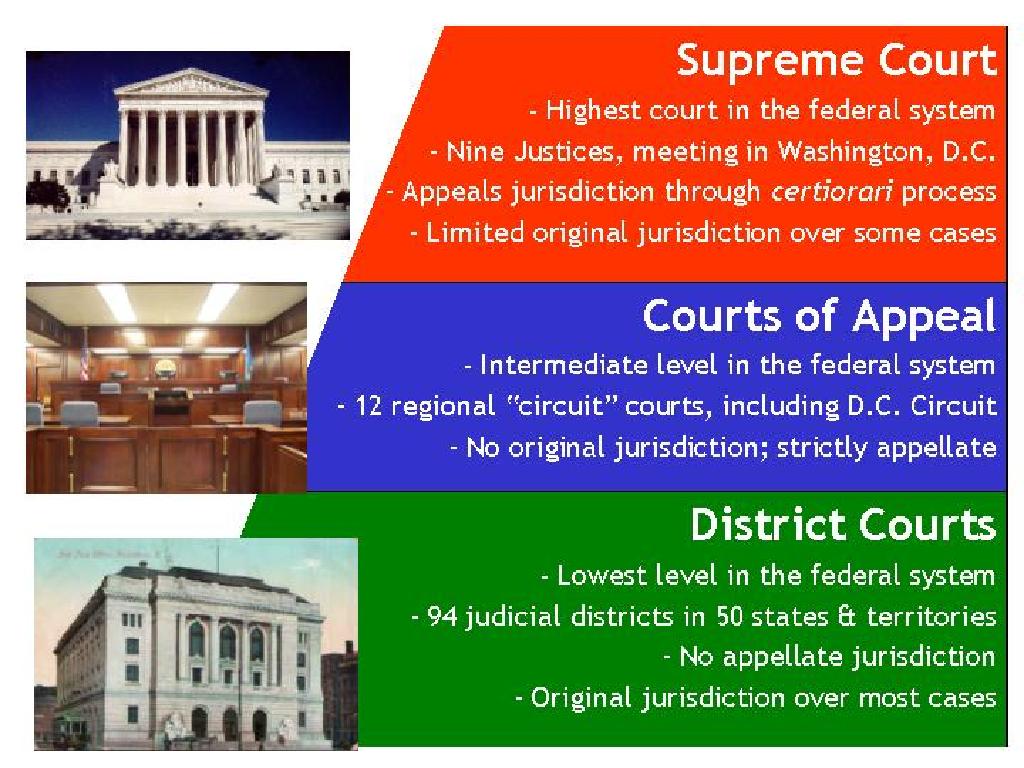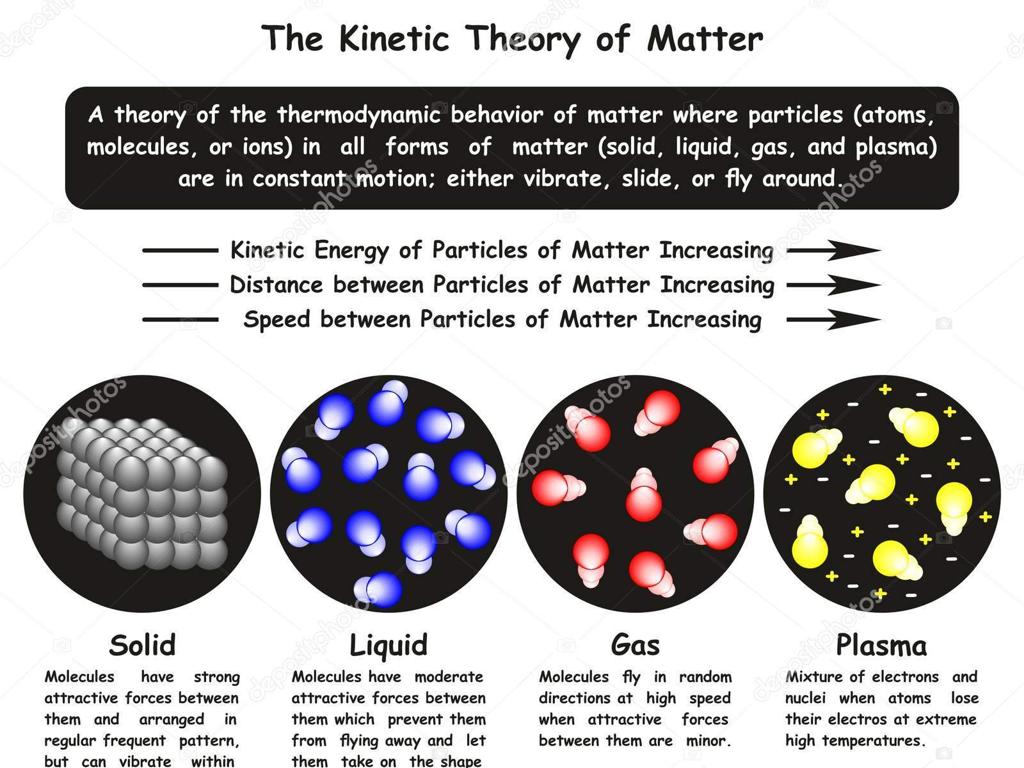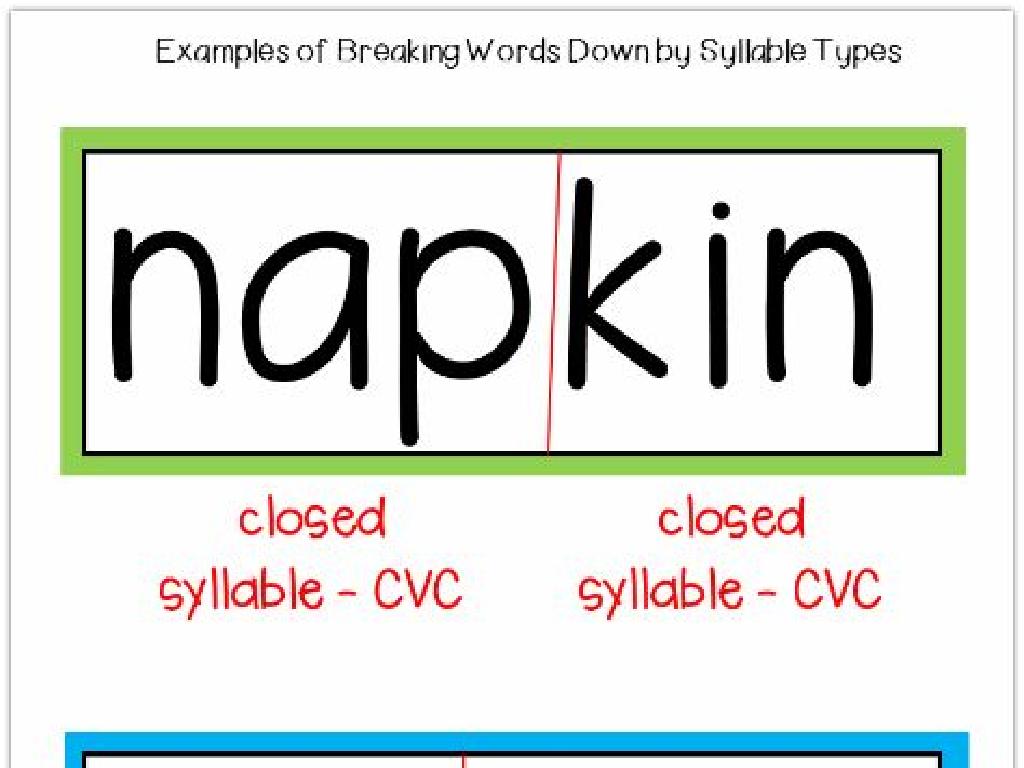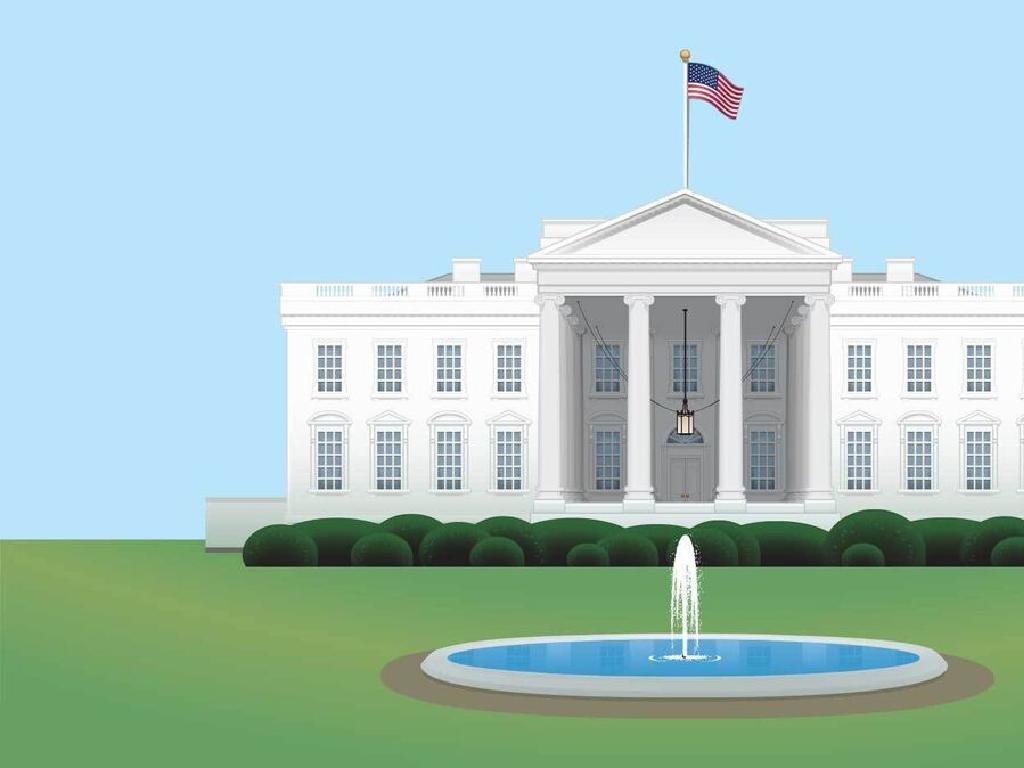Scarcity And Choices
Subject: Social studies
Grade: Third grade
Topic: Basic Economic Principles
Please LOG IN to download the presentation. Access is available to registered users only.
View More Content
Understanding Scarcity
– What is Scarcity?
– Scarcity means not having enough resources to satisfy all our wants.
– Limits on what we can have
– We can’t have everything because resources like money and materials are limited.
– ‘Needs’ versus ‘wants’
– Needs are things we must have to live, like food and shelter; wants are extra things like toys.
– Making choices
|
This slide introduces the concept of scarcity to third-grade students, explaining that scarcity is the reason we cannot have everything we want. It’s important to highlight the difference between ‘needs’ and ‘wants’ to help students understand why choices must be made. ‘Needs’ are essential for survival, while ‘wants’ are additional desires. Use relatable examples, such as wanting many toys but only being able to choose one due to limited allowance. This will help students grasp why scarcity forces us to make choices and prioritize our needs over our wants.
Understanding Scarcity: Why Does It Happen?
– Limited resources in the world
– There’s not enough of everything for everyone.
– People have unlimited wants
– We always want more things than we can have.
– We must make choices
– Choosing one thing usually means giving up another.
– Scarcity affects our decisions
|
This slide introduces the concept of scarcity to third-grade students, explaining that it occurs because resources are limited while human wants are unlimited. Emphasize that scarcity is a fundamental economic problem that forces us to make choices about how to use our limited resources. Use relatable examples, such as having to choose between buying a toy or saving money for a book, to illustrate the concept of trade-offs and decision-making. Encourage students to think about times they’ve had to make choices because they couldn’t have everything they wanted. This will help them understand the importance of making thoughtful decisions.
Scarcity in Our Daily Lives
– Scarcity at home and school
– Sometimes we run out of things like pencils or snacks
– Daily decision-making
– Every day, we choose what to wear or eat
– Choices come with trade-offs
– Choosing one thing usually means giving up another
– Class Activity: Sharing Choices
|
This slide introduces the concept of scarcity to third-grade students by relating it to their everyday experiences at home and school. Discuss examples of scarcity, like a limited number of snacks or pencils, and how it requires making choices. Emphasize that when we make a choice, we often give up something else, which is called a trade-off. For the class activity, encourage students to think of a time they had to choose between two things and share their story with the class. This will help them understand the concept of scarcity and decision-making. Provide guidance on how to respect others’ stories and learn from different perspectives on scarcity and choices.
Understanding Needs and Wants
– Define ‘needs’ in economics
– Needs are essentials for survival, like food and water
– Define ‘wants’ in economics
– Wants are things we desire but don’t need for survival, like toys
– Classify items into ‘needs’ or ‘wants’
– Using examples, decide if an item is a need or a want
– Discuss why it’s important to know the difference
– Knowing the difference helps us make good choices when resources are limited
|
This slide introduces the concept of ‘needs’ and ‘wants’ to help students understand the basic economic principle of scarcity and choices. Begin by defining ‘needs’ as things we must have to live, such as food, shelter, and clothing. Then, explain ‘wants’ as things that we would like to have but are not necessary for survival, like video games or candy. Engage the class in an activity where they classify various items as ‘needs’ or ‘wants’. Emphasize the importance of recognizing the difference between the two, especially when resources are scarce and we must make choices about how to use them. This understanding is foundational for making informed economic decisions.
Understanding Opportunity Cost
– What is Opportunity Cost?
– The next best thing you give up when you make a choice
– Choices lead to consequences
– Activity: Making a choice
– Choose between two fun activities
– Reflect on the choices made
– Think about what you didn’t choose and why
|
Opportunity cost is a fundamental concept in economics that refers to the value of the next best alternative that is foregone when making a decision. It’s important for students to understand that every choice has a consequence and that by choosing one thing, they are inherently giving up something else. The class activity involves students choosing between two desirable options, such as playing outside or reading a new book. After making their choice, they should reflect on what they gave up (the opportunity cost) and discuss why they made their decision. This will help them grasp the concept of opportunity cost in a tangible way. Provide examples and guide the discussion to ensure all students participate and understand the lesson.
Making Smart Choices
– Understanding best choices
– Considering consequences
– What might happen if we choose this?
– Talking about choices
– Ask friends and family what they think
– Making decisions together
– Group decisions can help us choose wisely
|
This slide aims to teach students about the decision-making process and the importance of making informed choices. Start by discussing what it means to make the ‘best’ choice and how sometimes we have to choose between two good things or two not-so-good things because of scarcity. Emphasize the importance of thinking ahead about the possible outcomes of a decision, which is considering the consequences. Encourage students to talk to others when they’re unsure about a choice, as discussing with friends, family, or teachers can provide new perspectives and ideas. Finally, highlight that making decisions together, especially in group settings like the classroom or with family, can lead to better choices for everyone involved. Provide examples relevant to their age, such as choosing between a healthy snack and a sweet treat, or deciding on a classroom activity.
Class Activity: The Scarcity Game
– Learn scarcity with a fun game
– Make choices with limited resources
– Think about the choices you made
– Did you feel it was hard to choose?
– Share what you learned with the class
– Discussing our decisions helps us learn
|
This interactive game is designed to help students understand the concept of scarcity and the necessity of making choices. Set up a scenario where students have limited resources (e.g., play money, tokens, or items) to ‘purchase’ classroom privileges or items. They must decide what is most important to them. After the game, facilitate a reflection session where students discuss how they made their decisions and how they felt about the available resources. Encourage them to think about real-life situations where they have to make choices based on limited resources. This activity will help them grasp the concept of scarcity and its impact on decision-making. Possible variations of the game could include different resource types or competing in groups to achieve a goal with scarce resources.
Wrapping Up: Scarcity and Choices
– Recap: Scarcity means limited stuff
– Good choices matter
– Making good choices helps us use what we have wisely
– Homework: Spot scarcity at home
– Look for things you have only a little of
– Share examples next class
– Think about how you decide what to use or save
|
In this concluding slide, we aim to reinforce the concept of scarcity, which we’ve learned means not having enough of something for everyone who wants it. Emphasize the importance of making good choices when resources are limited. For homework, students are tasked with identifying examples of scarcity in their own homes, such as limited snacks or screen time, and thinking about the choices they make as a result. This activity will help them connect classroom learning to real-life situations. In the next class, students will have the opportunity to discuss their findings, fostering a deeper understanding of scarcity and decision-making.






